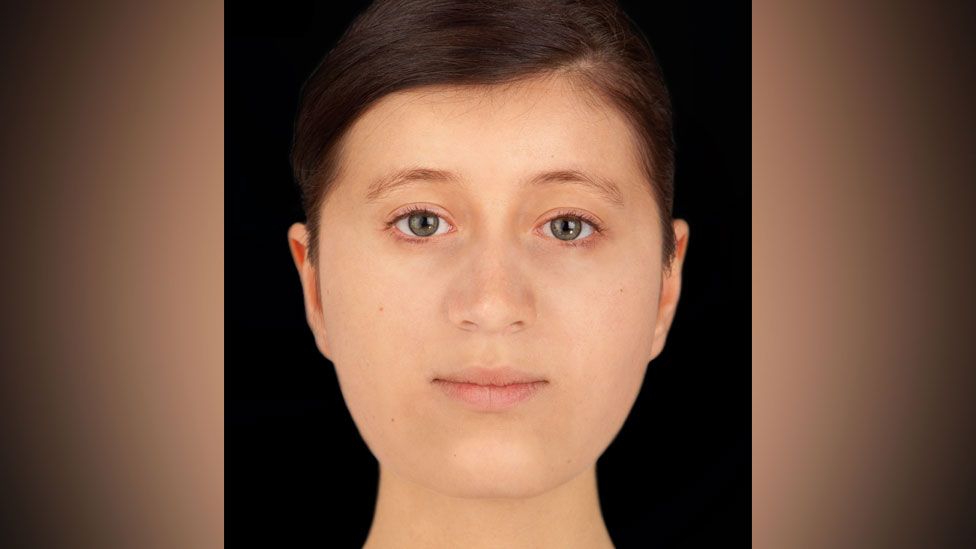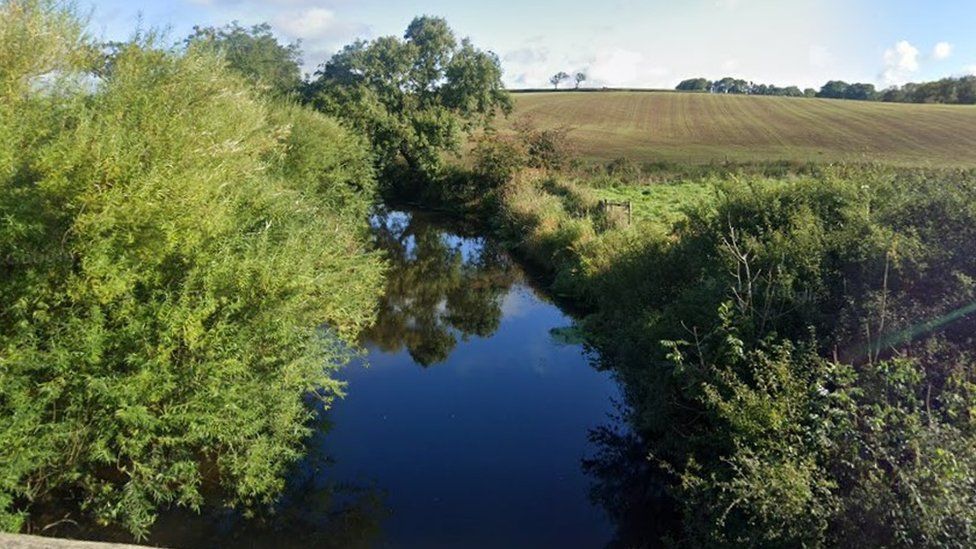Facial reconstruction has revealed the face of a young woman who passed away more than 1,300 years ago.
In 2012, her skeleton was discovered at Trumpington, Cambridgeshire, with a gold and garnet cross on her chest and buried on a wooden bed.
An exhibition at Cambridge University will include the image.
Dr. Sam Lucy, an expert on the Anglo-Saxon period, said it was "really lovely" to see how she might have looked because "as an archaeologist I'm used to faceless people.".
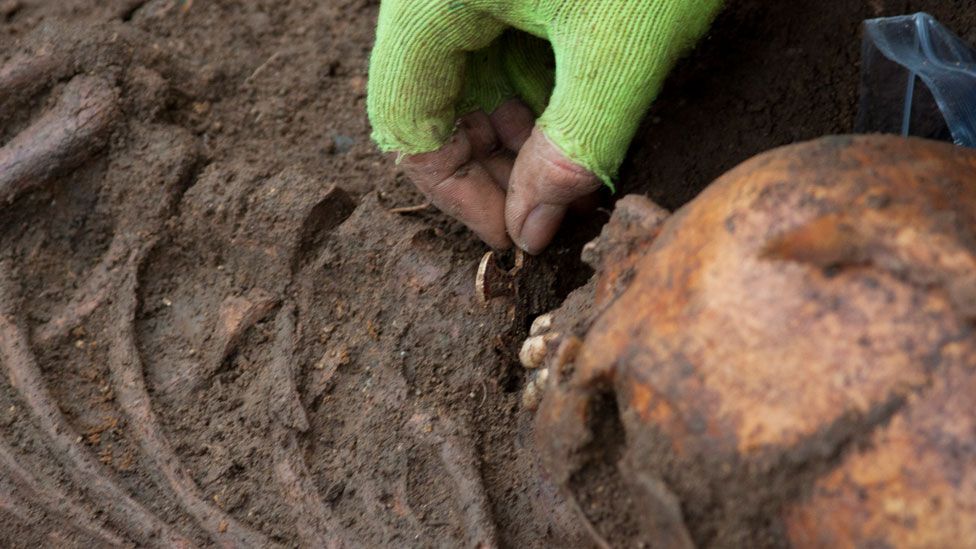
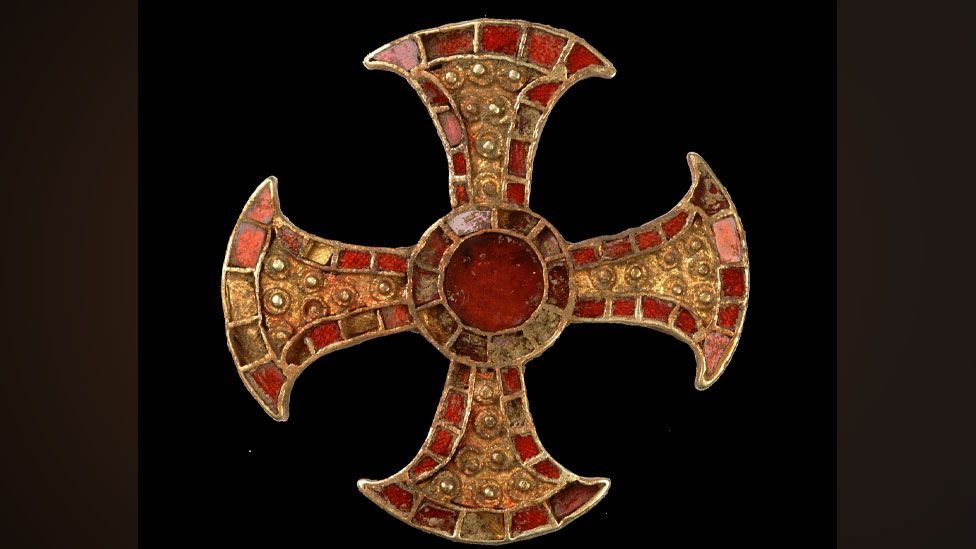
Hew Morrison, a forensic artist, created the likeness using information on the tissue depth of Caucasian females as well as measurements of the young woman's skull.
It would have been obvious in real life that her left eye was slightly lower—by about half a centimeter—than her right eye.
More information about the young woman's brief life has been revealed thanks to new expert analysis of her bones and teeth.
She moved to the flat, Cambridgeshire fens at some point after turning seven. She was born close to the Alps, most likely in southern Germany.
She also changed her diet after moving to England.
"We now know the protein proportion dropped, suggesting she was eating more meat and dairy when in southern Germany than when she arrived in Trumpington," said Dr. Lucy. ".
Anglo-Saxon kings were largely vegetarian before the Vikings arrived, according to studies from Cambridge University that were published last year.
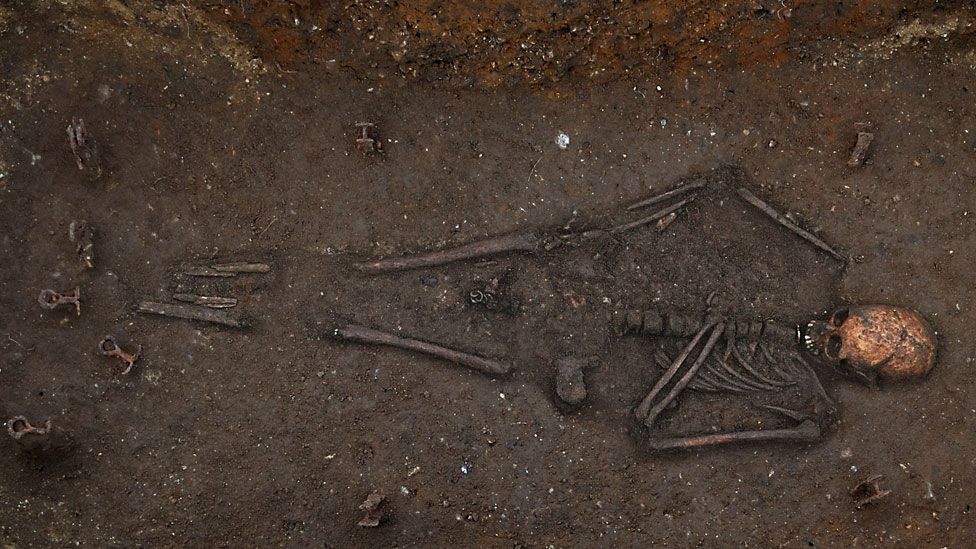
She had been battling an unidentified illness prior to her passing, which researchers already knew from earlier analysis.
She probably wasn't feeling well, and she traveled a long way to a strange place where even the food was different. It must have been frightening, according to Dr. Sam Leggett, who assisted with the Cambridge University isotopic analysis before she transferred to Edinburgh University. ".
The gold and garnet cross on the gravestone, one of only 18 bed burials discovered so far in the UK, is a sign of the deceased's Christianity and her aristocratic or royal ancestry.
According to Dr. Lucy, research on European bed burials "really does seem to suggest" that in the third quarter of the seventh century, a small group of young, affluent women moved to the Cambridge area from a mountainous region in continental Europe.
The lady was a part of "pan-European networks of elite women who were heavily involved in the early church" because she might have come as a bride or to join a monastic house like the nearby Ely Abbey.
She's a wonderful example of bringing the past to life, Dr. Lucy said. ".
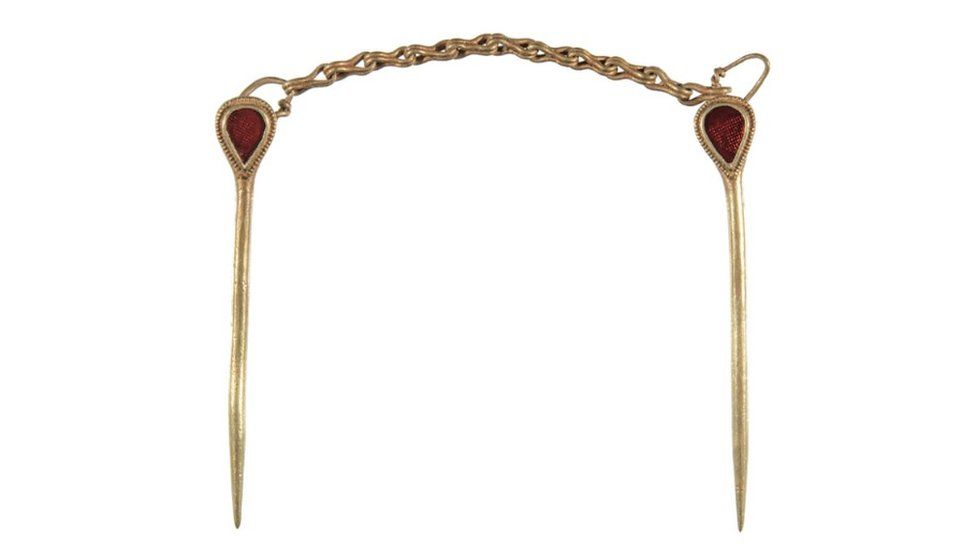
The "Trumpington Cross" and the ornate headboard from the burial bed are among the artifacts that will be included in the exhibition.
It investigates the remnants of the places where people have lived, worked, and passed away in Cambridgeshire for thousands of years.
A young friar's elephant ivory belt buckle discovered in the cemetery of Cambridge's Augustinian Friary are two additional highlights. Pottery and textile discoveries from "Britain's Pompei" Must Farm are also noteworthy.
Beneath Our ft\. is on display at the Museum of Archaeology and Anthropology of the University of Cambridge through April 14, 2024.
. dot

